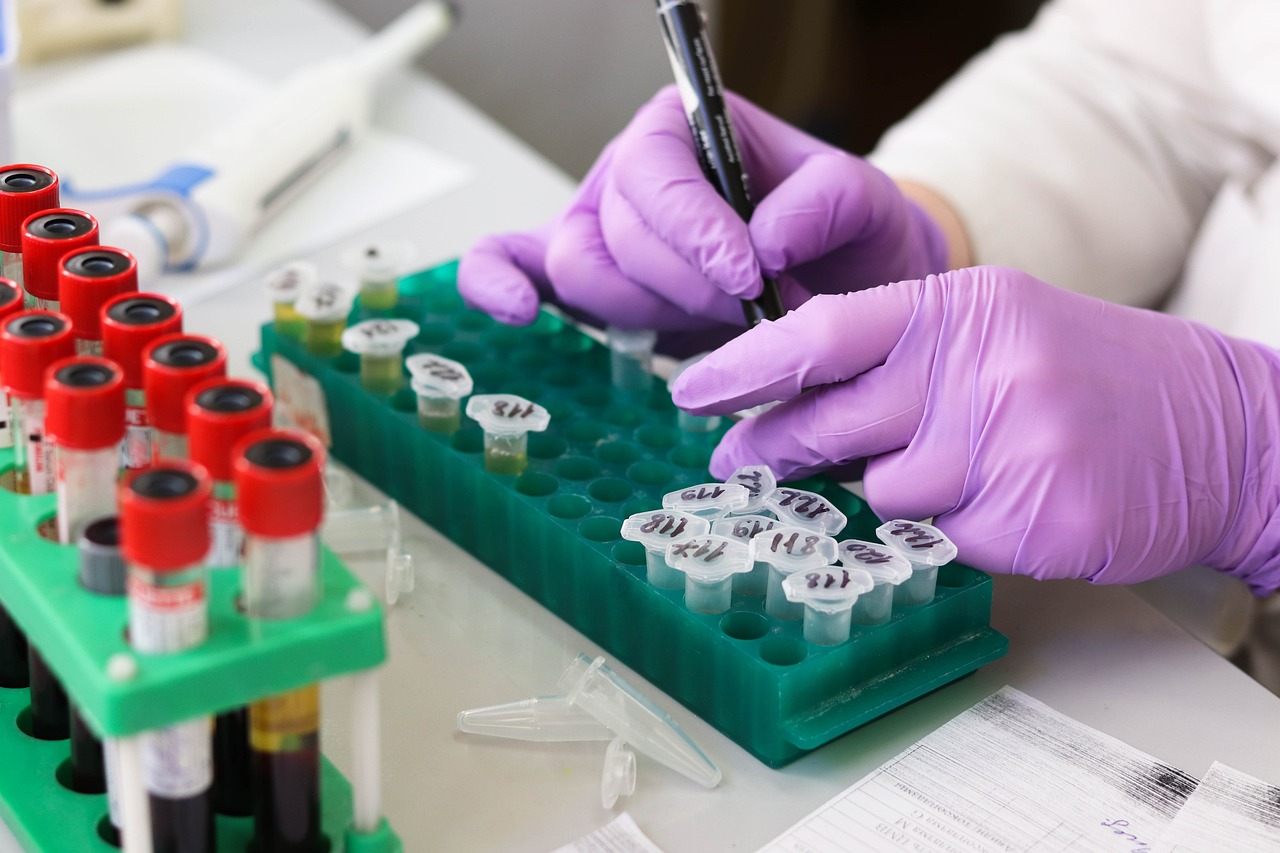
According to Ashley Cresswell, a former phlebotomist and author of DrinkDriveLimits.com, pursuing a career as a licensed phlebotomist in the USA can be a wise choice for those with an interest in healthcare. Phlebotomy is a vital aspect of healthcare in the US, as it involves drawing blood samples for various purposes such as lab testing, blood donations, and transfusions. This guide will outline the necessary steps to become a licensed phlebotomist in the USA.
Research your state’s requirements for phlebotomist licensure
The requirements for phlebotomist licensure vary from state to state, so it’s essential to research the specific requirements in your state. Typically, most states require phlebotomists to have a high school diploma or GED equivalent and to complete an accredited phlebotomy training program. Some states may also require phlebotomists to pass a certification exam or obtain continuing education credits to maintain their licensure.
Complete an accredited phlebotomy training program
If you’re considering a career as a phlebotomist, it’s crucial to understand the specific requirements for licensure in your state. Each state has its own set of regulations and guidelines that must be followed in order to obtain a license to practice phlebotomy. Typically, this involves completing an accredited phlebotomy training program that provides both theoretical and practical instruction on drawing blood from patients.
Phlebotomy training programs can be found at a variety of institutions, including community colleges, vocational schools, and technical schools. These programs typically cover topics such as anatomy and physiology, medical terminology, infection control procedures, patient communication techniques, and blood collection techniques. Hands-on training is also an important component of these programs, allowing students to gain practical experience in drawing blood from actual patients.
By completing an accredited phlebotomy training program and obtaining licensure in your state, you can be well-prepared for a fulfilling career as a phlebotomist. This field offers many opportunities for growth and advancement, as well as the satisfaction of knowing that you are making a meaningful difference in the lives of others through your work.
Apply for phlebotomist certification
While phlebotomy certification is not required in all states, it can be a valuable credential to have when applying for phlebotomy jobs. Certification can be obtained through organizations such as the National Healthcareer Association (NHA), the American Society for Clinical Pathology (ASCP), and the National Phlebotomy Association (NPA). These organizations offer certification exams that assess a phlebotomist’s knowledge and skills in the field.
Obtain practical experience
In order to stand out to potential employers and increase your chances of landing a job in phlebotomy, it’s important to have practical experience in the field. While completing a phlebotomy training program can provide you with the foundational knowledge needed to draw blood from patients, hands-on experience is essential for developing your skills and building your confidence.
One way to obtain practical experience is by volunteering at blood drives or healthcare facilities such as hospitals or clinics. This can give you the opportunity to work alongside experienced phlebotomists and observe their techniques while also gaining firsthand experience in drawing blood from actual patients. In addition, volunteering shows potential employers that you are committed to the field and willing to go above and beyond to gain valuable experience.
Another option for obtaining practical experience is through an externship or internship program offered by your phlebotomy training program or a local healthcare facility. These programs typically involve working under the supervision of experienced professionals and may offer academic credit as well as practical experience.
By seeking out opportunities for practical experience in phlebotomy, you can gain the skills and confidence needed to excel in this rewarding healthcare career.

Apply for phlebotomy jobs
After completing your phlebotomy training, obtaining certification, and gaining practical experience in drawing blood from patients, the next step is to begin applying for phlebotomy jobs. There are many different types of healthcare facilities that hire phlebotomists, including hospitals, clinics, blood banks, and diagnostic laboratories.
To find job openings in your area, you can search online job boards or websites dedicated to healthcare careers. You can also check with local staffing agencies or reach out to professional organizations such as the American Society for Clinical Pathology (ASCP) for job leads and networking opportunities.
When applying for phlebotomy jobs, it’s important to have a polished resume that highlights your relevant skills and experience. Be sure to include any certifications you have obtained, as well as specific details about your training and hands-on experience. In addition to submitting a strong resume and cover letter, be prepared to participate in interviews and potentially provide references from previous employers or instructors.
By taking these steps and actively seeking out opportunities in the field of phlebotomy, you can position yourself for success in this exciting and rewarding healthcare career.
Conclusion
Becoming a licensed phlebotomist in the USA requires dedication, hard work, and commitment. By following the steps outlined in this guide, you can obtain the necessary training, certification, and experience needed to work as a licensed phlebotomist. Remember to research your state’s specific requirements, complete an accredited phlebotomy training program, obtain certification, gain practical experience, and apply for phlebotomy jobs. With perseverance and determination, you can achieve your goal of becoming a licensed phlebotomist in the USA.